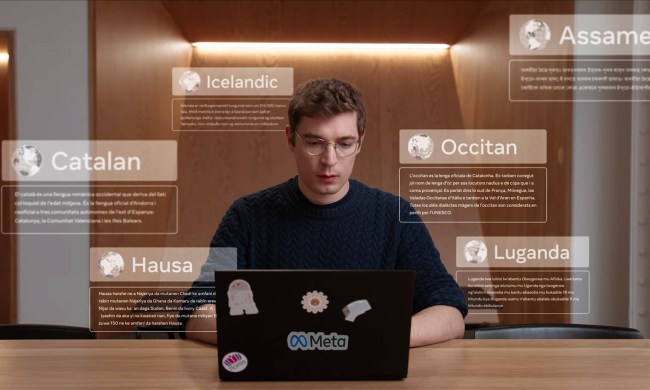
Disaster maps serve the purpose of providing a more concrete visual for relief organizations to work off of when making important decisions during an emergency. The data used to create the maps is shared at regular intervals — not quite in real time, but close to it — as a disaster unfolds.
Tracking this information can potentially better identify where resources such as food and water are needed, the directions most people are heading to find safety, and congested areas to avoid in order for help to arrive at the scene quicker.
The data for these maps is gathered specifically through the Location Services tool enabled on the Facebook app. If you’re ever in an area where a natural disaster strikes, relief organizations will receive that information because your location is logged in the database.
Attempting to improve safety and security isn’t new for Facebook, which has customizable safety features in place to make people feel like they can post personal information on its platform. The social network has now decided to use that info to create mapping resources on a global scale. To stay within the boundaries of privacy policies, the company is using de-identified data that users have agreed to share. This means that the information provided by your Facebook app won’t include any personal details other than your location.
As of now, Facebook is only working with a limited group of relief organizations that are capable of handling such large disasters, but hopes to work with more organizations and governments in the future.
The disaster maps are divided into three sections to help with response efforts. There’s the location density map — which shows where people are located before, during, and after a disaster — and the movement map that displays where people are relocating to over several hours. The third, and most familiar, is the Safety Check map that helps identify unharmed areas based on where people are checking in.
The Safety Check tool launched in 2014, and was one of the first initiatives Facebook took toward providing useful data in the wake of a natural disaster or attack. The tool has since been used across the globe, including in the U.S. following a mass shooting at an Orlando nightclub and the Dallas police shootings.
The data collected through these maps is also intended to have a lasting effect after the natural disaster is over. Comparing these maps with historical records can help organizations gain insight on any common patterns during a crisis, as well as on future plans for recovery or rebuilding.

